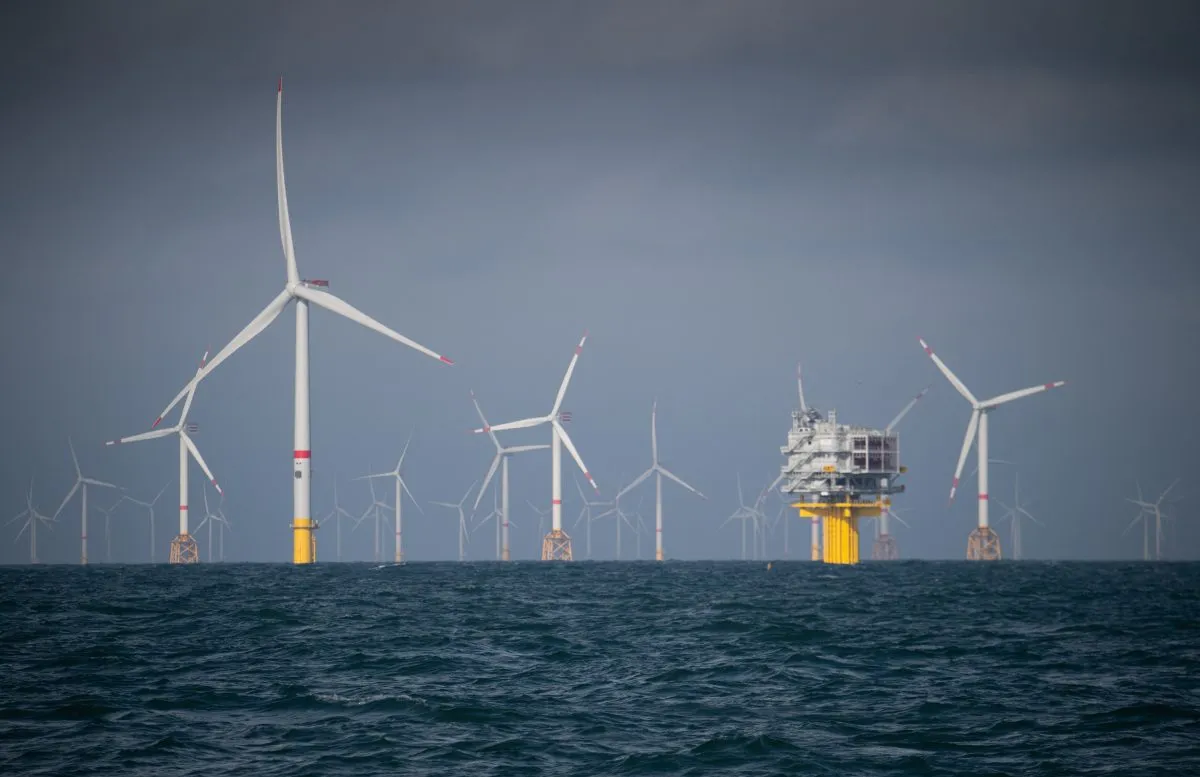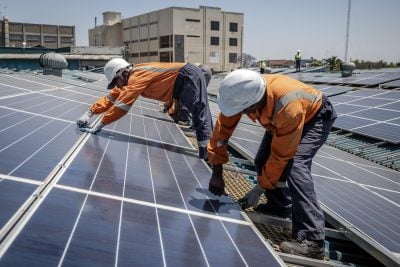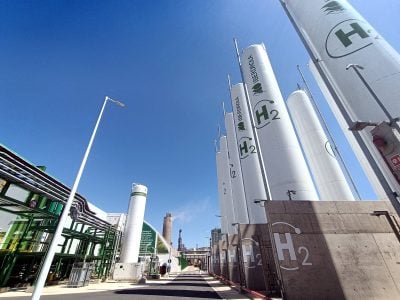The Moroccan Agency for Sustainable Energy (MASEN), supported by the European Investment Bank, is moving forward with plans for what would be the first offshore wind project not only in Morocco, but anywhere around the African continent.
The European Investment Bank has earmarked an initial €2m to support a pilot offshore wind project with a feasibility study and environmental and social impact assessment. A tender process to find a consultant to produce the studies was cancelled in July. However, an EIB spokesperson confirmed to African Business that it plans to relaunch the tender in October. Consultants are set to start work on the studies – expected to take two months – in early 2025.
The pilot project is to be sited off the coast of Essaouira and will have a planned initial capacity of 30-40 MW. The timetable for beginning construction remains unclear.
Morocco is among the most promising locations for offshore wind in Africa. Research published by the World Bank in 2020 found that the country has the potential to generate as much as 200 GW from offshore wind, including 22 GW from standard fixed-bottom turbines and the remainder from floating turbines (a technology that is only just beginning to be deployed at scale). Western Sahara, which Morocco claims as part of its territory, was found to have a potential capacity of 340 GW.
The planned offshore wind development will form part of MASEN’s efforts to add 6 GW in renewable generation capacity by 2030, enabling Morocco to meet 52% of its energy needs with renewables by that date.
Morocco’s vast renewable energy potential is increasingly enabling the country to position itself as an exporter of electricity to Europe. Morocco is already connected to Spain by two existing transmission lines. A future connection to Britain is also on the drawing board, with UK company XLinks seeking to construct the world’s longest subsea power line to supply British customers with solar and wind energy from Morocco.
Sector faces headwinds
However, there is little chance that the Moroccan pilot will unleash a flood of similar projects around Africa’s coastlines.
As a general rule, average windspeeds are weaker at latitudes closer to the equator (Pictured: a windfarm off Ostend, Belgium). While multiple other factors affect the typical windspeeds at particular locations, many equatorial countries in Africa lack the conditions to ensure that offshore wind farms would generate enough power to justify the investment.
Indeed, the offshore wind industry is struggling in many parts of the world due to the high cost of construction compared to both onshore wind and solar. Bottlenecks in the supply of components and in the vessels needed for installations are adding to the challenges facing the sector globally.
One country that does have good conditions for offshore wind in parts of its coastal waters is South Africa. The World Bank identified a potential capacity of 900 GW in its 2020 study; it is now supporting the government with a road map for the sector. A key constraint, however, is that harnessing offshore wind in South Africa would require significant investment in transmission infrastructure, due to the distance between potential offshore windfarms and population centres in the country.
For now, at least, Morocco remains an outlier on the continent, in that both commercial and geographic factors seem to be convincing policymakers that offshore wind is a bet worth taking.
Want to continue reading? Subscribe today.
You've read all your free articles for this month! Subscribe now to enjoy full access to our content.
Digital Monthly
£8.00 / month
Receive full unlimited access to our articles, opinions, podcasts and more.
Digital Yearly
£70.00 / year
Our best value offer - save £26 and gain access to all of our digital content for an entire year!

 Sign in with Google
Sign in with Google 



